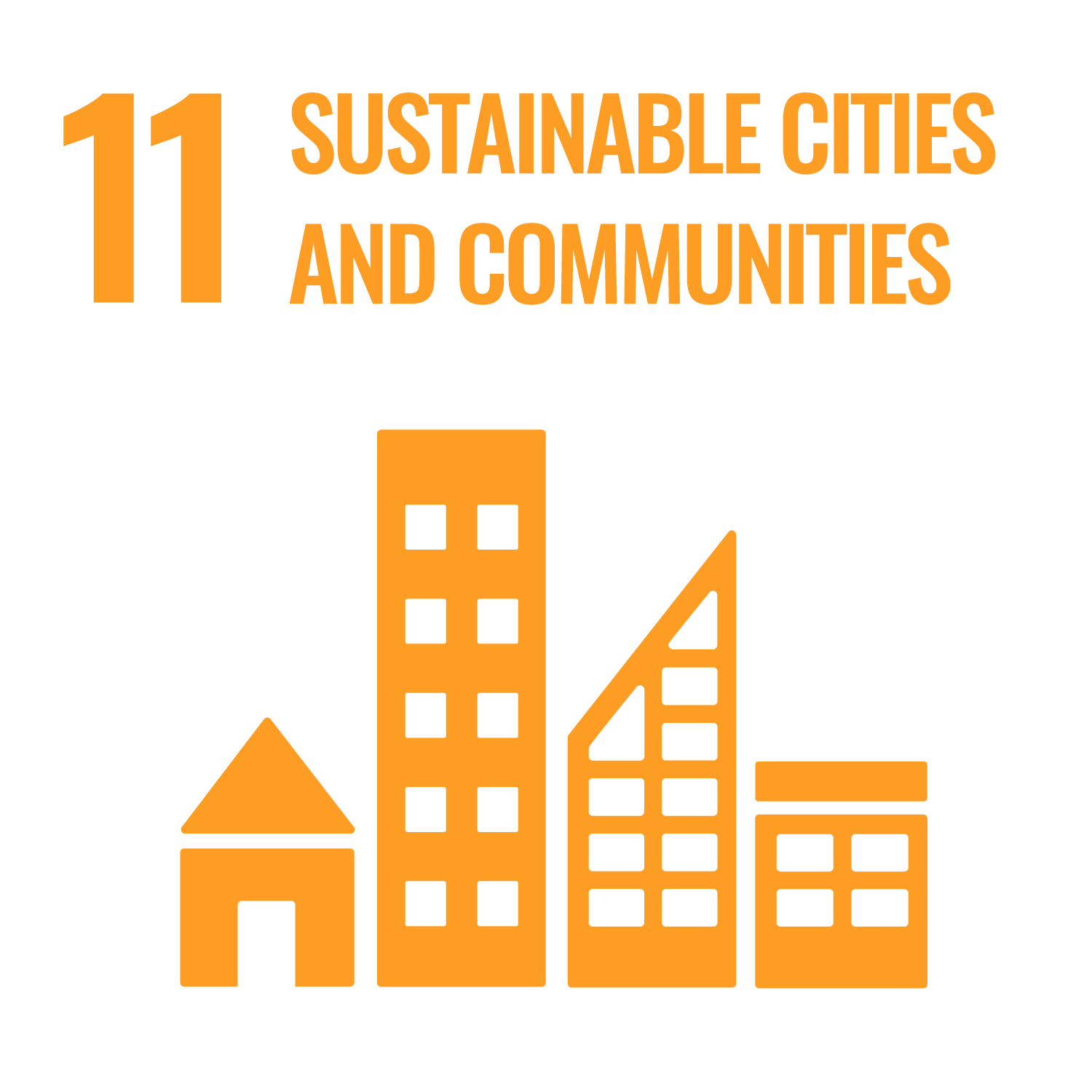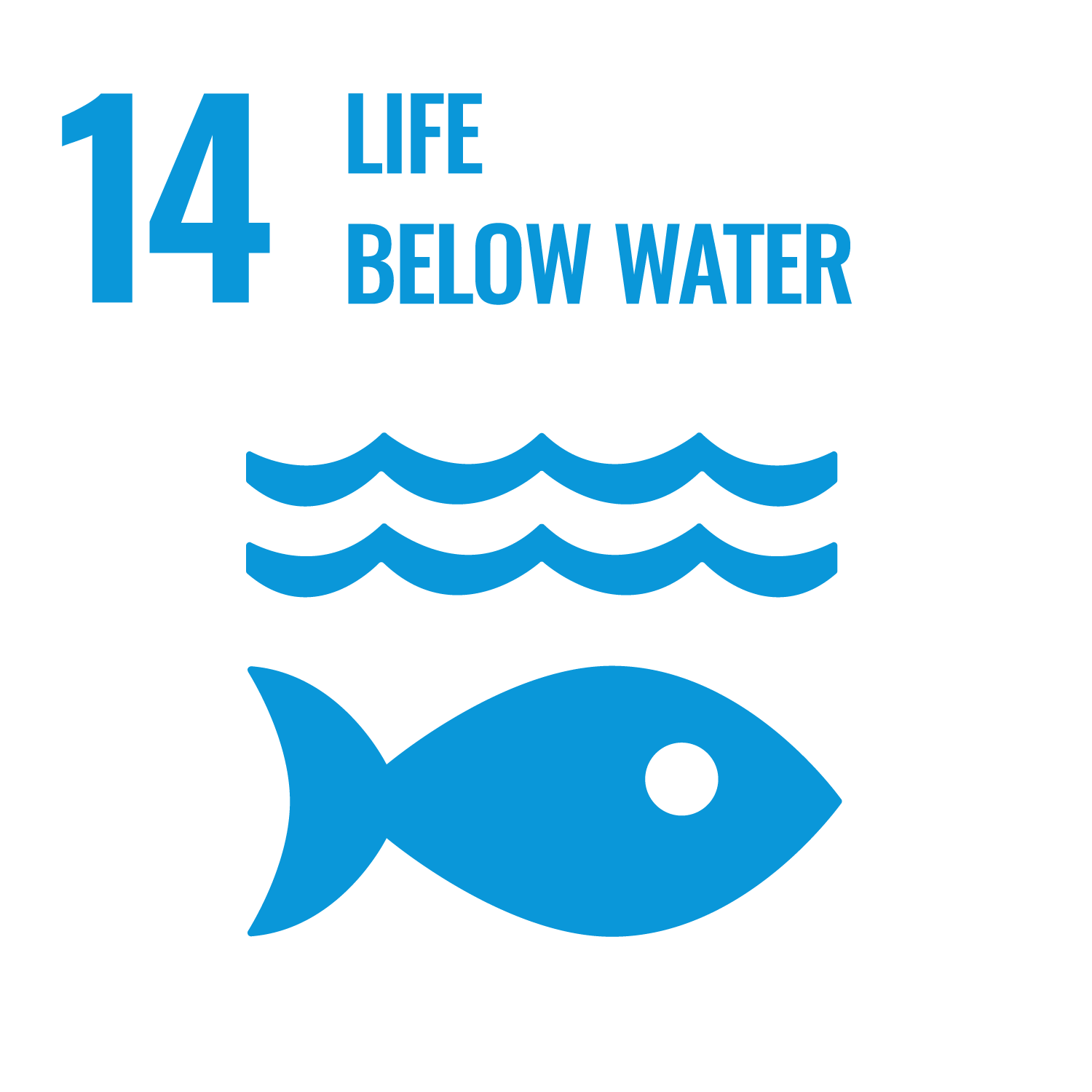Living Labs provides opportunities to use the campus for practical applications with real-world knowledge
The Macquarie University campus is increasingly being used for learning, teaching and research. For example:
Mars Creek - the campus's outdoor classroom
Mars Creek enters the Campus fed by urban storm water in the suburb of Marsfield, and flows for over a kilometre through Macquarie University into the Lane Cove National Park. A Mars Creek Environmental Plan was commissioned in 2010/11 by the University, with aims of:
- significantly improving water quality
- native habitat restoration, and
- preservation of a scenic, educationally-valuable distinct green edge to the main teaching precinct of the Campus.
As a component of the Campus Living Laboratory, Mars Creek offers an evolving case study on the subject of resilience. Coming from a highly modified state, the success of our creek rehabilitation works will depend on introducing new resilience against the impacts of storm water pollution, local flood and drought effects (erosion, algal blooms etc) and weed incursion.
Scaling up our monitoring
Measurement of water and habitat quality initially relied on periodic use of a Streamwatch kit and pro-forma creek condition checklists. These were run concurrently with the popular bushcare program.
Through the mid 2010s, campus managers benefited from the involvement of annual field practicals run for our Environmental Science units, which allowed some year to year observations to be made on the effects of all our new water treatment train and much expanded native vegetation.
From late 2023, we will have access to real time monitoring at two points along Mars Creek. Immersed logging devices will collect and transmit data on the mud content (turbidity), levels of dissolved oxygen, acidity versus alkalinity (ph) and other variables. We can for the first time watch the effects of different weather patterns on the creek water quality.
In one of the least modified sub-catchments of the creek, we have partnered with the School of Engineering to deploy three solar powered soil moisture probes and rain gauges within a large fenced area that conveys occasional ‘overland flows’ after extended rainfall. The data will indicate how much more rainfall can be retained in the environment, as the effects of recently planting 400 fast-growing shrubs in this paddock begin to manifest.
See also Creating a Water-Sensitive Campus
Macquarie University NSW
2109




